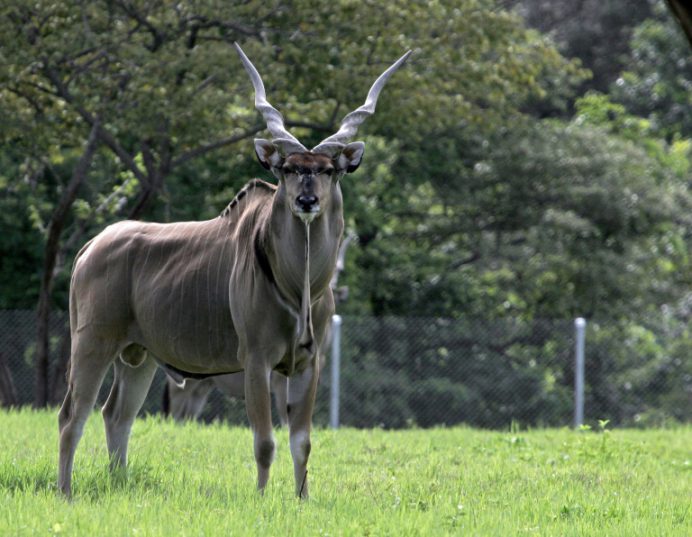Weather alert: Partly cloudy skies inland and mostly warm conditions in coastal provinces
In an update to its “Red List” of threatened species, the International Union for Conservation of Nature (IUCN) said six of North America’s most prominent ash species were now “critically endangered” — just one step from becoming extinct.
The species are being destroyed by the invasive and fast-moving emerald ash borer beetle, which arrived in the northern state of Michigan from Asia in the late 1990s via infested shipping pallets.
It has already wiped out tens of millions of trees throughout the United States and Canada, and can kill off virtually an entire forest of ash within six years, the IUCN said.
“Their decline, which will likely affect over 80 percent of the trees, will dramatically change the composition of both wild and urban forests,” Murphy Westwood, of IUCN’s Global Tree Specialist Group, said in a statement.
Three of the endangered species — the green ash, white ash and black ash — are the most dominant ash trees in the US, comprising nearly nine billion trees in forested lands.
The white ash is also one of the most valuable timber trees in North America and is widely used to make furniture, baseball bats and hockey sticks.
IUCN said a warming climate meant the emerald ash borer was now thriving in places that once were too cold, warning that it was “impossible to know how far it could spread in the future”.
The North American ash trees are among more than 25,000 species deemed by the Red List to be threatened with extinction.
– ‘Pushing species to the brink’ –

The Giant Eland is now listed as “vulnerable”, with fewer than 10,000 mature animals remaining
IUCN highlighted five species of African antelope that have seen their numbers decline drastically in recent years, largely due to poaching and habitat degradation.
“Our activities as humans are pushing species to the brink so fast that it’s impossible for conservationists to assess the declines in real time,” warned IUCN chief Inger Andersen, urging increased efforts to save species teetering on the edge.
“Even those species that we thought were abundant and safe, such as antelopes in Africa or ash trees in the US, now face an imminent threat of extinction,” she said in the statement.
The world’s largest antelope, the giant eland, which is native to central and western Africa, was for instance previously assessed as having a sound population. It is now listed as “vulnerable”, with fewer than 10,000 mature animals remaining.
And the mountain reedbuck has seen a 55-percent drop in its South African population over just 15 years, placing it on the “endangered” list, IUCN said.
IUCN also noted sharp declines among Madagascan grasshoppers and millipedes, with nearly half of them listed as endangered and some perilously close to extinction.
The Red List meanwhile said all hope was out for the pipistrelle bat, which was endemic to Australia’s Christmas Island, and which has now officially been declared extinct.
The bat, which was widespread as late as the 1980s, counted a population of just 20 animals in January 2009, and the last one was seen in August of that year.
Download our app